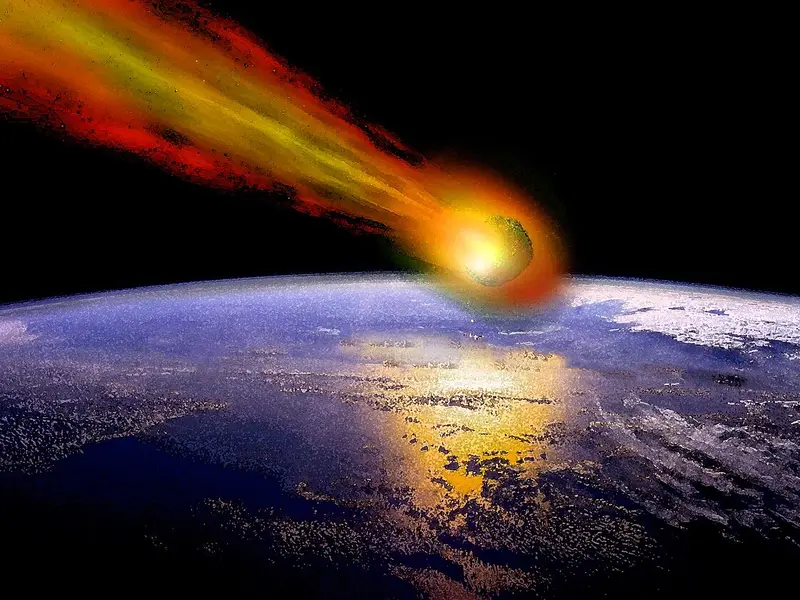A team led by Valerio Carruba at São Paulo State University (UNESP) has uncovered evidence for a largely invisible population of asteroids moving around the Sun in sync with Venus. Their findings, published in Astronomy & Astrophysics, suggest that the handful of such objects already catalogued may represent only the tip of a much larger population with potential implications for planetary safety.
These so-called Venus co-orbitals occupy what astronomers call a 1:1 mean-motion resonance: they complete one orbit around the Sun for every orbit Venus makes, but are not moons of the planet itself. Roughly 20 such objects are known today. Most have markedly elongated orbits (eccentricity > 0.38), which sometimes carry them far from the Sun’s glare—allowing telescopes to pick them up. But Carruba’s team argues that this observed sample is biased. Low-eccentricity asteroids, which follow more circular paths near the Sun, are far harder to detect from the ground and may outnumber the high-eccentricity group.
The study also underscores the impact hazard. Many of these bodies are at least 140 m across—large enough to destroy an urban area if they hit Earth. None of the known co-orbitals is on a collision course now, but long-term simulations show that gravitational tugs over tens of thousands of years could nudge some into Earth-crossing orbits. In particular, the authors identify six currently known objects with future potential to become Potentially Hazardous Asteroids (PHAs). Their model covers about 36,000 years (roughly three co-orbital cycles) to estimate how often such transitions might occur.

The main obstacle is observational. Low-eccentricity co-orbitals spend most of their time near the Sun’s position in the sky, where its glare blinds ground-based telescopes. High-eccentricity asteroids, by contrast, wander farther from the Sun and are easier to find. Even when low-eccentricity bodies do emerge from the glare, it is typically for brief intervals just before sunrise or after sunset at very specific angles.
Carruba’s team notes that next-generation surveys may fill these gaps. NASA’s infrared-sensing NEO Surveyor, expected to launch within a few years, is designed to detect dark, faint, or Sun-proximate objects. The Vera C. Rubin Observatory may also catch some during favorable alignments. As these facilities come online, many of the currently hidden Venus co-orbitals could be revealed.
The paper highlights not only an overlooked niche of the Solar System but also a blind spot in current asteroid-monitoring programs. By quantifying the bias in our existing data, the authors implicitly challenge the notion that Earth’s impact threat is well mapped. Until more advanced surveys begin operating, the real scale and risk of these Venus-synchronized objects will remain uncertain.


